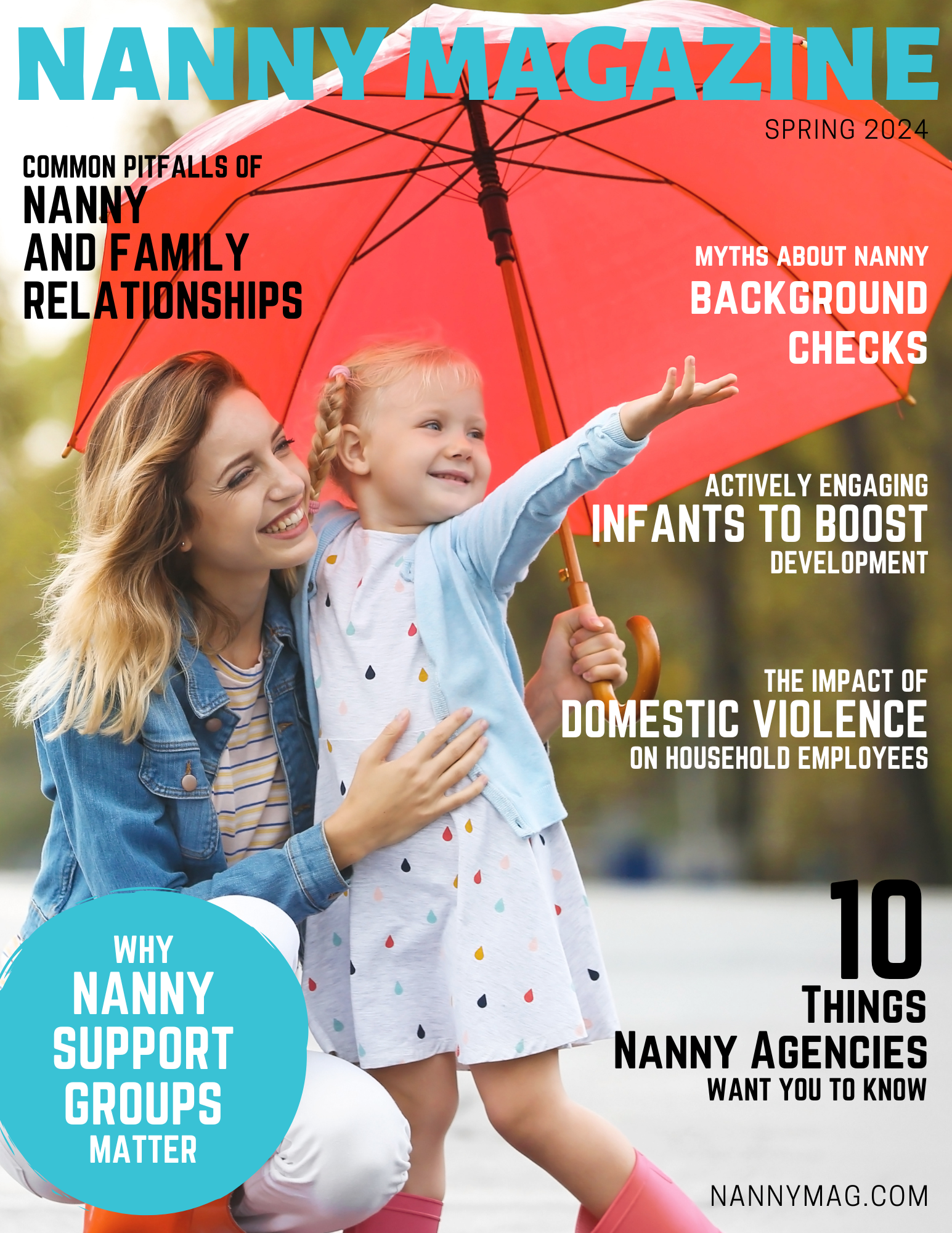Nanny sharing: It’s great for nannies, too!
By Louise Dunham of Placement Solutions.
Photo courtesy of Unsplash.
At our agency, we often talk to prospective clients about the benefits of nanny sharing, particularly of the concern regarding the costs of in-home care. Nanny sharing, whereby one nanny cares for the children of two families at once, is a great way for parents to access the benefits of in-home care for a fraction of the cost. However, nanny sharing has plenty of benefits for nannies as well.
For a start, a nanny share expands the potential market for nannies, creating more positions. That might seem counter-intuitive when a single nanny is working for two families who could theoretically be employing two nannies between them. However, we come back to the cost issue: A nanny share makes in-home care much more affordable, which makes it more accessible to more families.
SHOP Nanny FAVORITES (Binge-Reading Obsession!)
We see a lot of other advantages for nannies as well. As a shared nanny is always working with a minimum of two children, and often up to four (our agency limits the total number to four), boredom is rarely an issue. Some of the children are usually around the same age, so there are often more opportunities for activities and games. There are also extra lessons that can be taught, such as sharing with others. Nanny sharing is a great way for kids to learn socialization skills. We also find that nanny sharing encourages good practices in a nanny, which will hold him/her in good stead even in future “single family” work. For instance, the use of structured processes is imperative in a shared arrangement. A shared nanny is effectively working for a committee of parents rather than just one or two.
Communication needs to be formalized, rather than left to a quick word as a parent walks in or out the door. We find regular weekly or at least bi-weekly scheduled meetings are needed, at a minimum. Active risk assessment is also required, particularly in relation to caring for children in a home other than their own. A good agency will help you make all the necessary arrangements at the outset, not just leave you to sink or swim.
There are particular considerations of the shared-nanny scenario. One of the obvious ones is whose house will “host” all the children. In some cases, the same house is used all the time, whereas in others care might alternate between the children’s houses on a weekly, bi-weekly, or monthly basis.
Another thing that will need to be agreed upon between yourself and the families involved is how to deal with situations in which one family temporarily doesn’t need care, such as when they are on holiday. Will the remaining family pay the full cost of care, or will both continue to share the cost on the basis that things will even out when the other family also has a break?
You and your potential “share parents” need to be sure that you are in agreement on matters of discipline, nutrition (e.g. sugar allowances), education (e.g. reading expectations), and screen time (TV, computers, and games –and what can and cannot be watched or played on them). Nanny sharing simply won’t work if there is one set of rules for the children of one family and a different set of rules for the other.
Because of these potential complexities, our recommendation is to keep nanny sharing arrangements simple. It’s best to keep it limited to no more than two families and, as I mentioned, four children. Generally, our advice is that nannies shouldn’t be shared where children under 18 months are involved. Occasionally we have lowered this threshold to 12 months due to a shortage of care options for parents with younger children.
Overall, our experience is that putting in the effort to make nanny sharing work is well worth the effort, with benefits for the nanny, the parents, and the children being cared for.
















